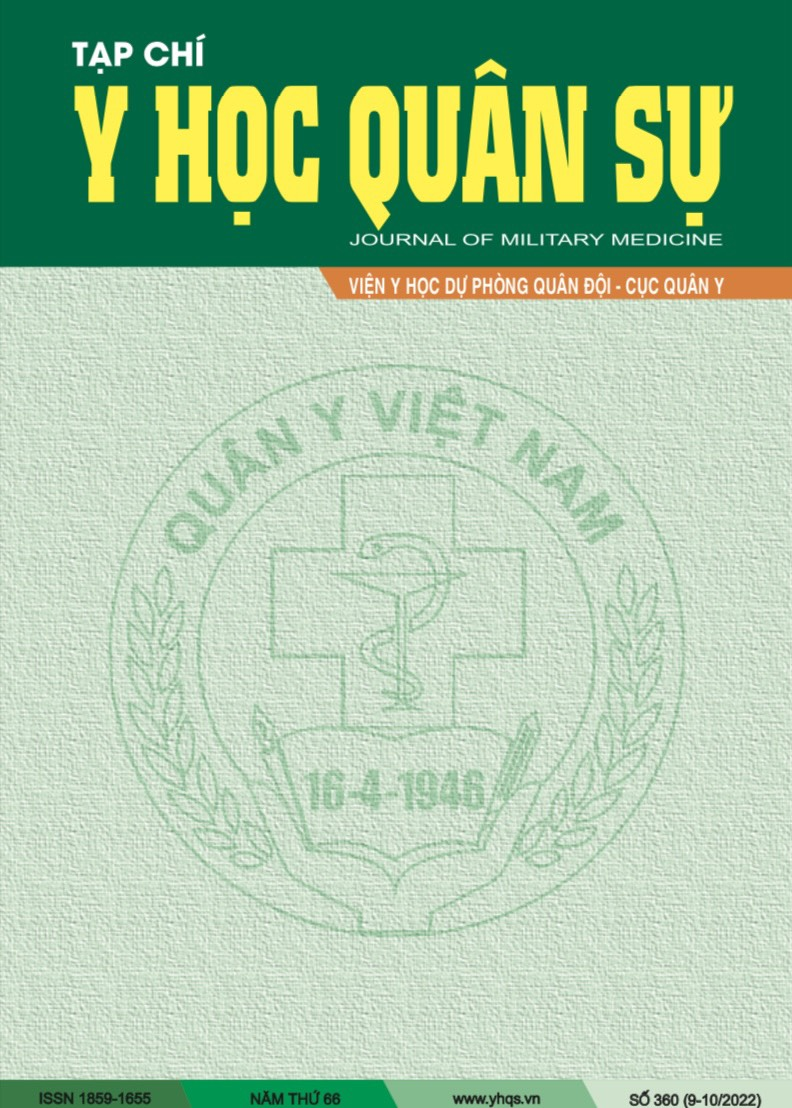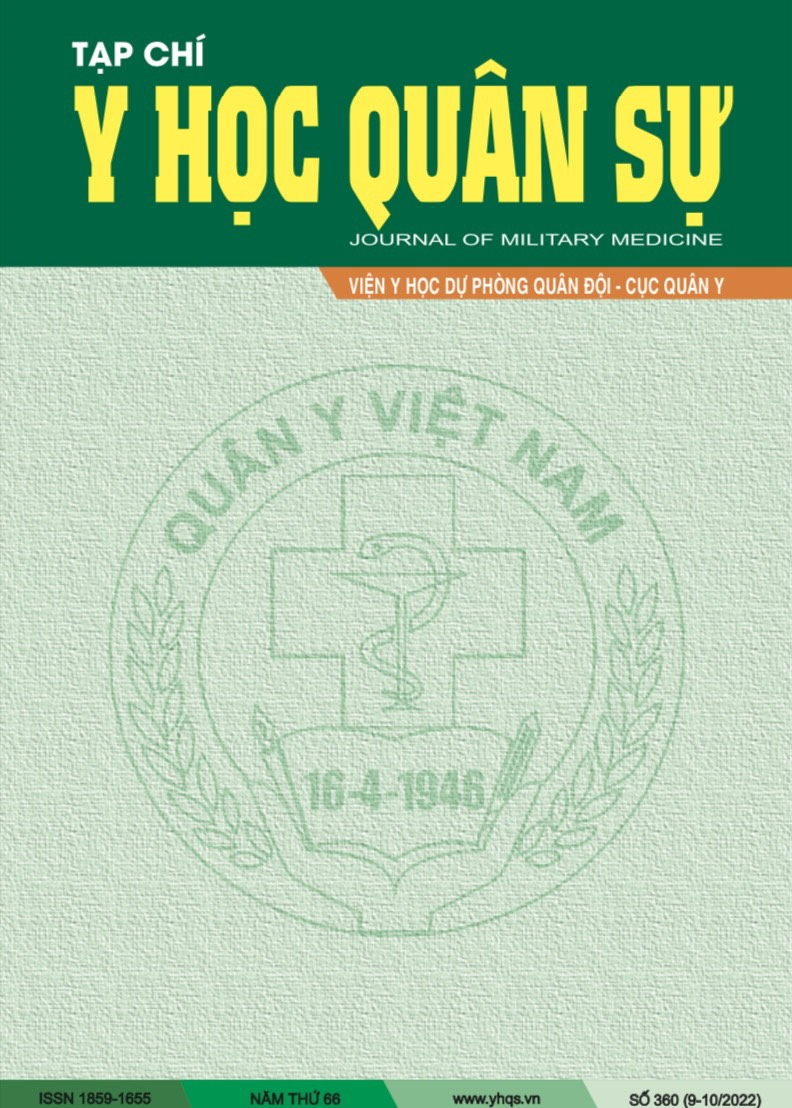REMARK ON SOME RISK FACTORS AND ACCOMPANIED INJURIES IN VICTIMS SUBARACHNOID HEMORRHAGE THROUGH THE FORENSIC EXAMINATION OF REMAINS
Từ khóa:
Subarachnoid hemorrhage, forensic examination, skull fracture, traumatic brain injuryTóm tắt
Remark on some risk factors and accompanying injuries in patients with subarachnoid hemorrhage. Subjects and methods: A retrospective descriptive study on 93 forensic examination records of victims who died caused by subarachnoid hemorrhagic injuries at the Department of Pathological anatomy-Forensic Medicine, Viet Duc Friendship Hospital, and some Centers of Forensic medicine from January 2007 to December 2017.
Results: The risk factors: men (81.7%) suffered from subarachnoid hemorrhage more than women (18.3%). The average age of the victims was 37 years, of which the most common victims were 15-29 years old (43.0%). The majority of victims with subarachnoid hemorrhage were due to traffic accidents (66.7%). 33/46 of victims (71.7%) tested with alcohol concentration in blood. The subarachnoid hemorrhage and accompanied injuries: the most common scalp injury was subcutaneous hematoma (91.4%). The rate of victims with skull fractures was high (75.3%). The most common intracranial injury was cerebral contusion (54.8%). Histopathology: the most common injury was cerebral edema (69.8%), followed by atherosclerosis (23.3%) and aneurysm malformation (9.35%).
Tài liệu tham khảo
Nguyen Van Lieu (2012), “Study on causes of non-traumatic subarachnoid hemorrhage at the Department of Neurology, Bach Mai Hospital in 3 years 2009-2011”, Journal of Vietnam Medicine, 393: 1-4.
Nguyen Thi Kim Lien (2004), “Prognostic factors on admission after spontaneous subarachnoid hemorrhage”, Ho Chi Minh City Medical Journal, 8, appendix 1, 27-32.
Nikolić S, Banjanin I, Stanojević A (2004), “Subarachnoidal hemorrhage from berry aneurysms as a cause of natural death”, Srpski arhiv za celokupno lekarstvo, 132: 236-239.
Inagawa T, Hirano A (1990), “Ruptured intracranial aneurysms: an autopsy study of 133 patients”, Surgical neurology, 33: 117-123.
Wong B, Ong B.B, Milne N (2014), “The source of haemorrhage in traumatic basal subarachnoid haemorrhage”, Journal of Forensic and Legal Medicine.
Punitha R, Kumar M.V, Rayamane A.P, et al. (2014), “Natural Intracranial Hemorrhage and Its Forensic Implications: A Case Review”, Journal of Indian.
Edirisinghe P.A.S (2011), “Subarachnoid haemorrhage as a cause of death: a review of forensic autopsies conducted in Edinburgh”, Sri Lanka Journal of Forensic Medicine, Science & Law., 1.
Muataz A.Al-Qazzaz, Mohammad Abdul-MohsinJabor (2014), “Medico-legal study of intracranial causes of death”, Egyptian Journal of Forensic Sciences.
Osborn A.G (1994), “Diagnostic Neuroradiology: A Text/Atlas”, 1e, New York, NY: Elsevier.
Graham D.I, Lantos P.L (1997), Greenfield's Neuropathology, Vol.1.



